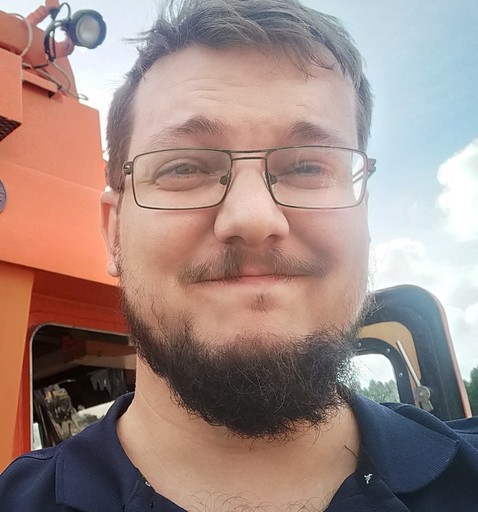Demo: An open-source low-cost glider for iterative development
A relatively cheap glider was designed and built as part of a student competition involving two teams and twelve students. The work was carried out at Chalmers University of Technology at the vehicle laboratory Revere. The goal was to initiate
work around an open-source platform that could be iteratively developed within an academic context, with potential users in small and medium sized organisations in sub-sea operations.
Commercial gliders are known to be very expensive. Perhaps mainly due to their typical domain of operation, where they are expected to return after travelling unsupervised for long durations and over long distances. Presumably, to make the vehicles sufficiently robust, minimizing the risk of losing them on critical missions, huge amounts of engineering were invested in safety systems and robustness, resulting in significant costs. Commercial gliders are typically large, with the ability to carry advanced sea observation sensors, further contributing to higher unit costs but also costs for launch and retrieval.
It can therefore be argued that there is a market for smaller and less expensive gliders. Just considering the internal components of the glider, including the minimum set of electronics and software, the total cost could be quite low. However, robustness, redundancy, and safety systems need significant time to be developed. To address this, this work investigates the possibilities of working with the glider as a fully open-source system, inviting an online community. This presentation will discuss the idea of an open-source glider infrastructure and show initial results from the first prototype under water.

